|
Contortion, or extreme flexibility, has existed in practice for a long time. It was a part of circus acts, acrobatics, street acts and other performative physical displays. In the early part of the 20th century, when the Ghosh Yoga lineage was developing, contortion started to influence the physical culture movement in India.
As Elliott Goldberg suggests in his book The Path of Modern Yoga, it was physical culturists who first accepted “contortion tricks as a new norm for flexibility.” One reason for this was the opinion that contortion had a positive impact on health. A few teachings even mirror those of Bishnu Ghosh and his colleagues in therapeutic yoga. First, that forward bending, backward bending and twisting the spine are of primary importance to health. And second, that stretching and compressing muscles in the body squeezes out blood and allows a flush of fresh blood when released. (This idea, often called the tourniquet effect, is questionable.) Both are ideas that have since made their way into modern asana practice in the Ghosh lineage. While health claims were one of the selling points, contortion was adopted largely for public display. Stunts and tricks were performed for audiences large and small, sometimes on television programs or tours, with the hope of gaining recognition. This is still the case today, as the motivation behind which yoga postures to incorporate into practice oscillates freely between health benefits and impressive, performative physicality. It is true that some postures we practice today, even impressive ones, have roots in yogic texts compiled prior to the 20th century. But taking a look at several references, we can clearly see that contortion exercises influenced positions that are widely practiced today. This is the case for advanced postures like Dancer, intermediate postures like Pigeon and even beginning postures such as Eagle.
1 Comment
Carlos
12/26/2023 09:45:53 pm
A Yoga é maravilhosa sempre será bem vista eu gosto da yoga e tudo que ela me oferece
Reply
Leave a Reply. |
AUTHORSScott & Ida are Yoga Acharyas (Masters of Yoga). They are scholars as well as practitioners of yogic postures, breath control and meditation. They are the head teachers of Ghosh Yoga.
POPULAR- The 113 Postures of Ghosh Yoga
- Make the Hamstrings Strong, Not Long - Understanding Chair Posture - Lock the Knee History - It Doesn't Matter If Your Head Is On Your Knee - Bow Pose (Dhanurasana) - 5 Reasons To Backbend - Origins of Standing Bow - The Traditional Yoga In Bikram's Class - What About the Women?! - Through Bishnu's Eyes - Why Teaching Is Not a Personal Practice Categories
All
Archives
May 2024
|

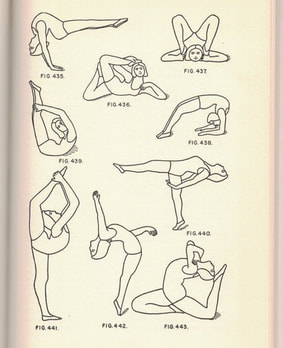
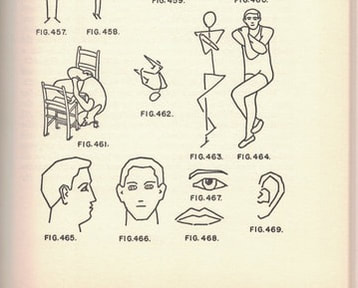
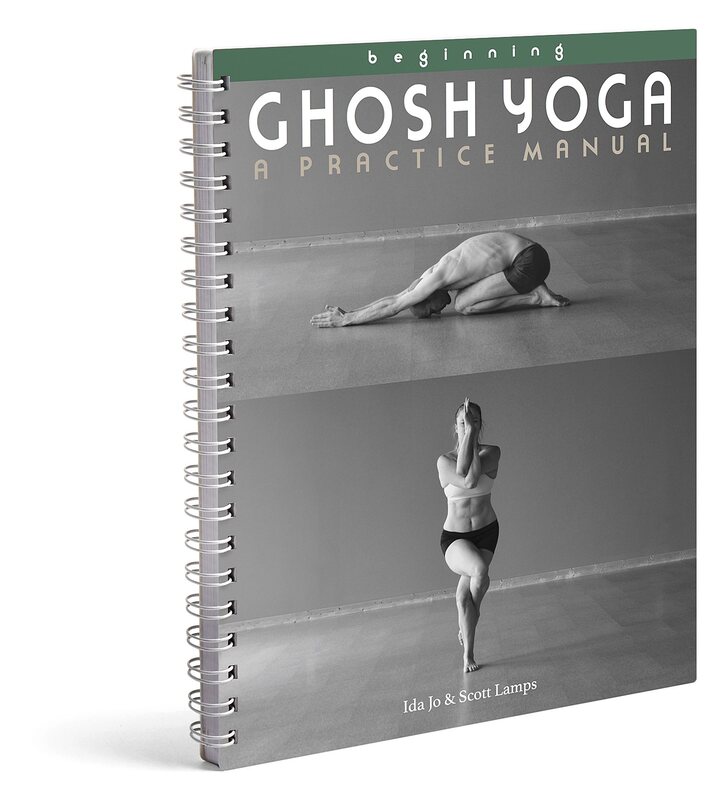
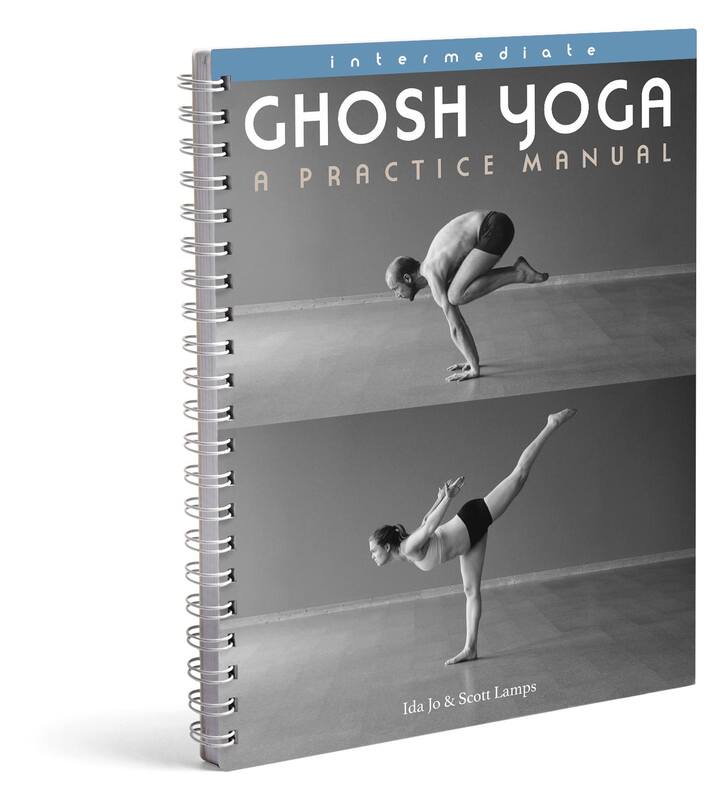
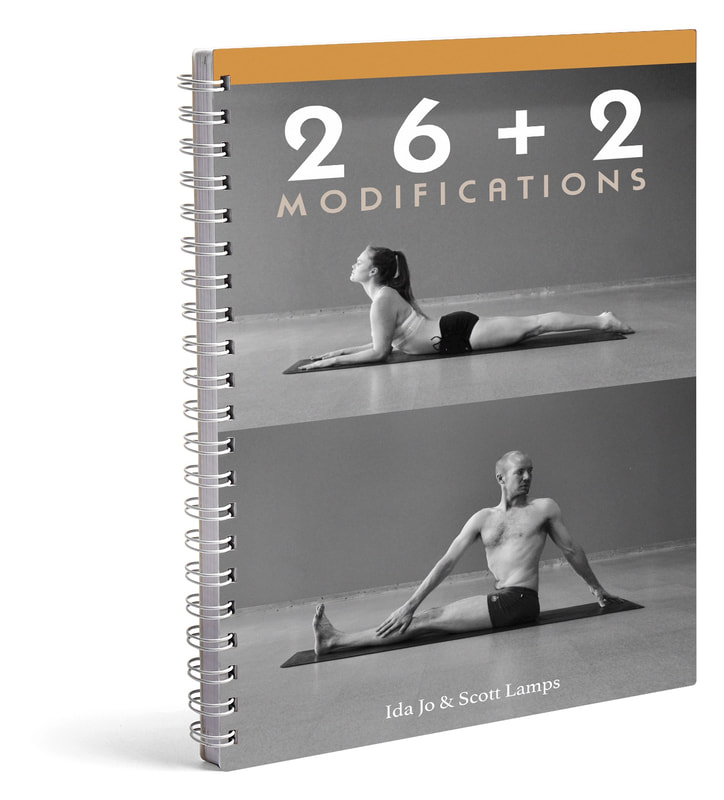


 RSS Feed
RSS Feed